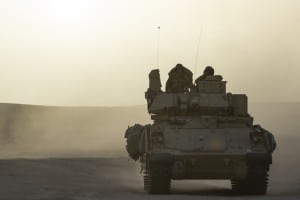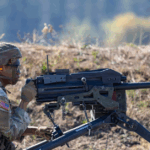
Oshkosh Defense [OSK] has submitted a proposal for the Army’s Optionally Manned Fighting Vehicle (OMFV) program, a company official has confirmed, while General Dynamics' [GD] Land Systems business has detailed its team vying for the rebooted competition. “We have built a consortium of experienced and innovative industry leaders who bring technical diversity and maturity to our team and we’re confident that we will deliver the next generation Infantry Fighting Vehicle the American soldier clearly deserves,” Pat Williams, Oshkosh Defense’s vice…

 By
By 











